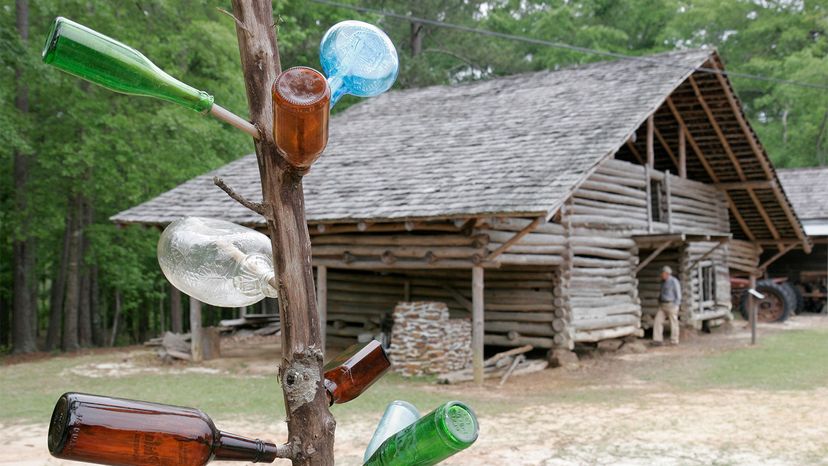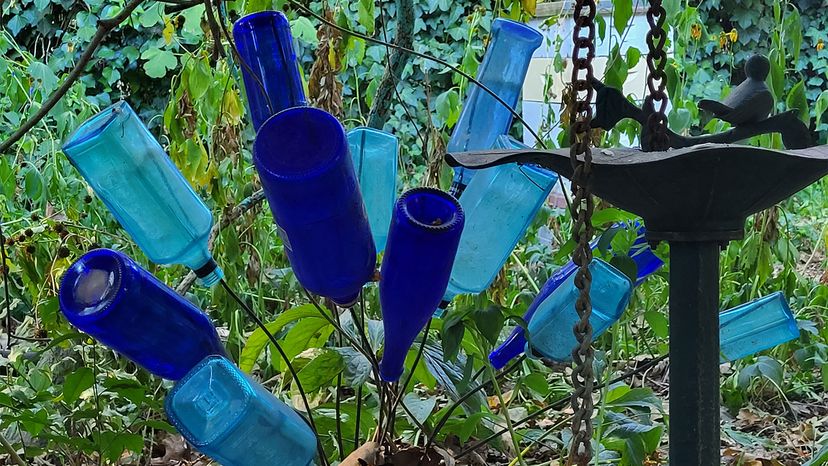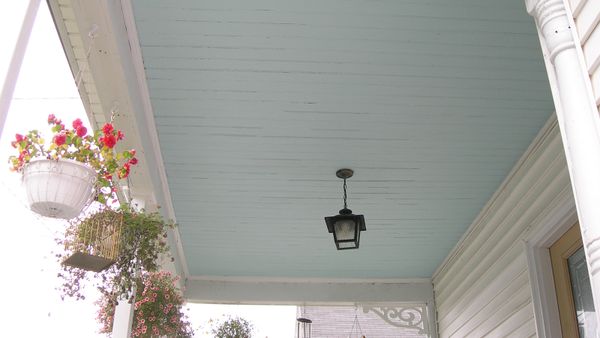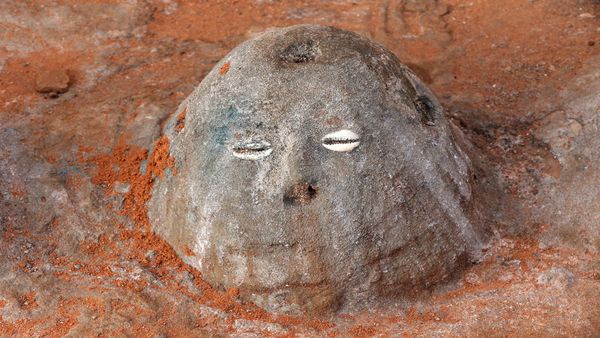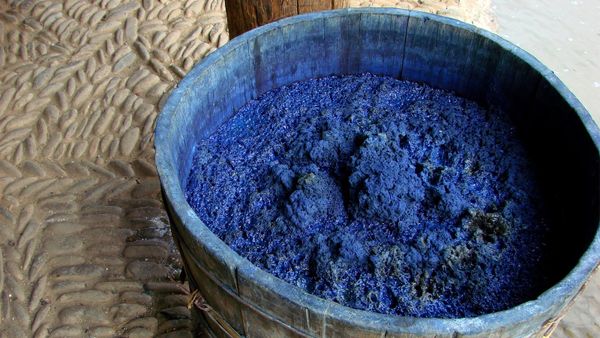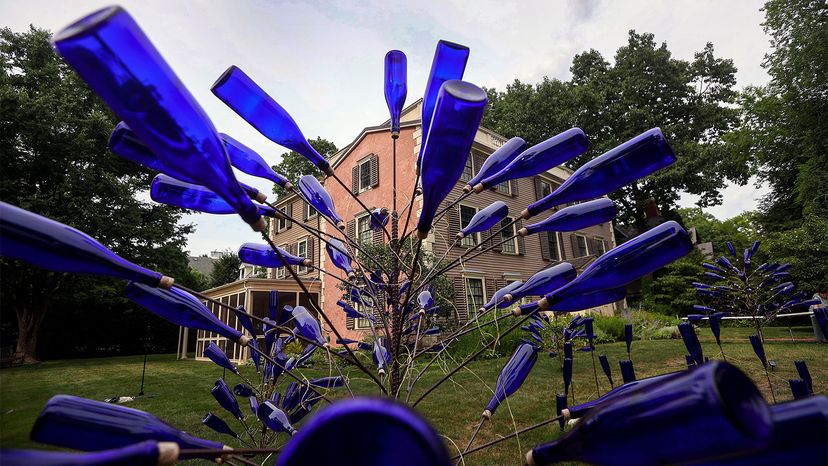
Key Takeaways
- Bottle trees are a popular garden ornament in the Southeastern United States used to protect against evil spirits.
- Originating in West Africa, bottle trees have spiritual significance in Hoodoo tradition, trapping spirits in glass bottles to be destroyed by sunlight.
- Bottle trees are also used to honor the dead, with blue bottles capturing the energy and memories of ancestors in a beautiful and meaningful way.
Everybody's got their favorite garden ornament. You might like a sundial or a statue of St. Francis of Assisi, or even a plastic pink flamingo. In the Southeastern United States, as well as in other parts of the country, the bottle tree is popular, but unlike your garden birdbath, the purpose of this ornament is to protect its owner from evil spirits.
A bottle tree can be made of a variety of different materials — posts with dowels driven into the sides, pieces of steel rebar welded together, or a real tree (in the Southeastern U.S., the tree traditionally used for this purpose is the crepe myrtle). The bottles are often made of blue glass, though you see bottle trees sporting glass of all colors and shapes. You can have a bottle tree in your garden just for its beauty, and, in that case, it truly doesn't matter what type of vessel you attach to the ends of the tree's limbs. However, according to lore, if you want to deal with an infestation of evil spirits, it's best to get your hands on some blue glass bottles.
Advertisement
